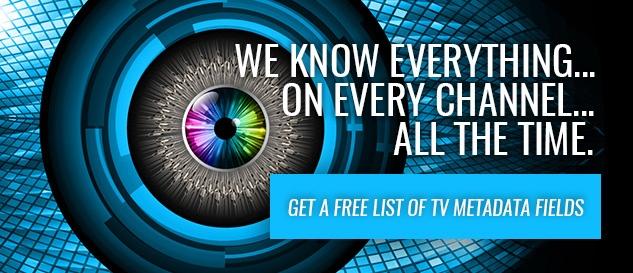It’s been four years since the last World Cup, and since that time, a lot has changed in terms of TV-viewing and technology. The most recent Super Bowl and Olympics set new records for ways the sporting events were watched, and the current World Cup is no different.
This year, however, streaming and social media are playing a larger factor than ever before, and 4K is providing a new kind of quality.
More Viewers
Already, ESPN has made several achievements. The 6/16 United
States-Ghana game was declared the most-viewed soccer match in the channel’s
history, with 11.09 million television viewers observed by Nielsen and an
overall rating of 6.3. But on 6/22, this new high was shattered during the United
States-Portugal match, which received 18.22 million viewers and a 9.1 overnight
rating.
While the U.S.-Portugal numbers have not been released for
the WatchESPN app, U.S.-Ghana was marked as the largest event for streaming with it – 1.4
million users dedicated 62.4 million minutes to their connected devices.
Akamai Technologies, an online content-delivery network, saw
new gains in streaming traffic. The Germany-Portugal game utilized 4.3 terabits
per second of bandwidth – the previous record was 3.5 Tbps during the 2014
Winter Olympics.
Kurt Michel, director of product marketing for media at
Akamai, discussed
how their service works. “Our architectural approach builds in redundancies to
eliminate single points of failure, so that when something inevitably fails,
the viewers are unlikely to notice.”
Univision has also made strides in viewership – the first 20
matches have seen
an average of 3.6 million viewers, with 6.8 million watching the Mexico-Brazil
match. The network is streaming the first 56 games on its website and app
for free.
“This World Cup will be by far the most successful sporting
experience that we’ve had on our air,” said
Juan Carlos Rodriguez, president of Univision Deportes.
More Screens
According to research firm Ovum, this World Cup is the most approachable
for viewers – the matches have proliferated
across approximately 5.9 billion screens across the globe.
“With the likes of tablets providing the convenience and
flexibility to consume content whenever and wherever, fans are able to watch
more of the tournament than ever before,” Ted Hall, Ovum senior analyst,
stated.
CNN reporter Steve Almasy even recommended
utilizing more than one screen to keep track of games that occur
simultaneously.
Social Media
Other avenues that are performing strongly are social media outlets Twitter and Facebook.Twitter brought back “hashflags,” first introduced in 2010, to provide users with a colorful way of supporting their favorite team. Tweeting a specific country code causes the relevant flag to appear in one’s post. They’re tallying all of the country mentions in a World Cup of Tweets to determine a winner.
 |
| USA vs. Portugal tweets |
From June 12-18, over 459 likes, comments and posts occurred
on Facebook.
"Facebook and the World Cup are both fundamentally
global, and we knew that Facebook would become a global, mobile stadium where
people connect and engage during the tournament. It turned out to be a unique
moment for us, and one that has seen the highest level of conversation for any
event Facebook has ever measured,” a spokesman told
CNN.
4K Quality
4K is a relatively new technology, and broadcasters and television-makers are using the World Cup tournament to experiment with and promote the costly ultra-high definition format. It is the first time ever matches are aired in this way.
The BBC is broadcasting three games in 4K UHD, as is
Brazilian network Globosat, which are to be produced by Sony and later included
in an official documentary.
“We are excited by the prospect of working with Sony to incorporate 4K technology in our production plans,” said FIFA Director of TV, Niclas Ericson. “4K will propel fans around the globe into a whole new viewing dimension and it marks the dawning of a new era in the broadcasting of sport.”
“We are excited by the prospect of working with Sony to incorporate 4K technology in our production plans,” said FIFA Director of TV, Niclas Ericson. “4K will propel fans around the globe into a whole new viewing dimension and it marks the dawning of a new era in the broadcasting of sport.”
“We expect the demand for TVs to increase considerably due
to the upcoming World Cup matches,” said
Samsung VP Simon Sung.
The South Korean company’s latest set – the UE65HU8500 Smart
3D 4K Ultra HD 65" Curved LED TV – was described as the “absolute best” for the World Cup by tech site Digital Spy. The TV offers a “Football
Mode” (“Soccer Mode” in some countries) designed to alter picture and sound
quality, causing players and the ball to be clearly enhanced on the screen.
“The processing engine
analyzes the action from the game, paying particular attention to the
commentators and the scoreboard, and automatically records the key highlights
so you can go back and watch them again,” Brad Wright, Samsung
executive, revealed.
If 4K success occurs with the World Cup, it seems likely other sports may receive special features as well.
If 4K success occurs with the World Cup, it seems likely other sports may receive special features as well.
Author: Brian Cameron









Post a Comment